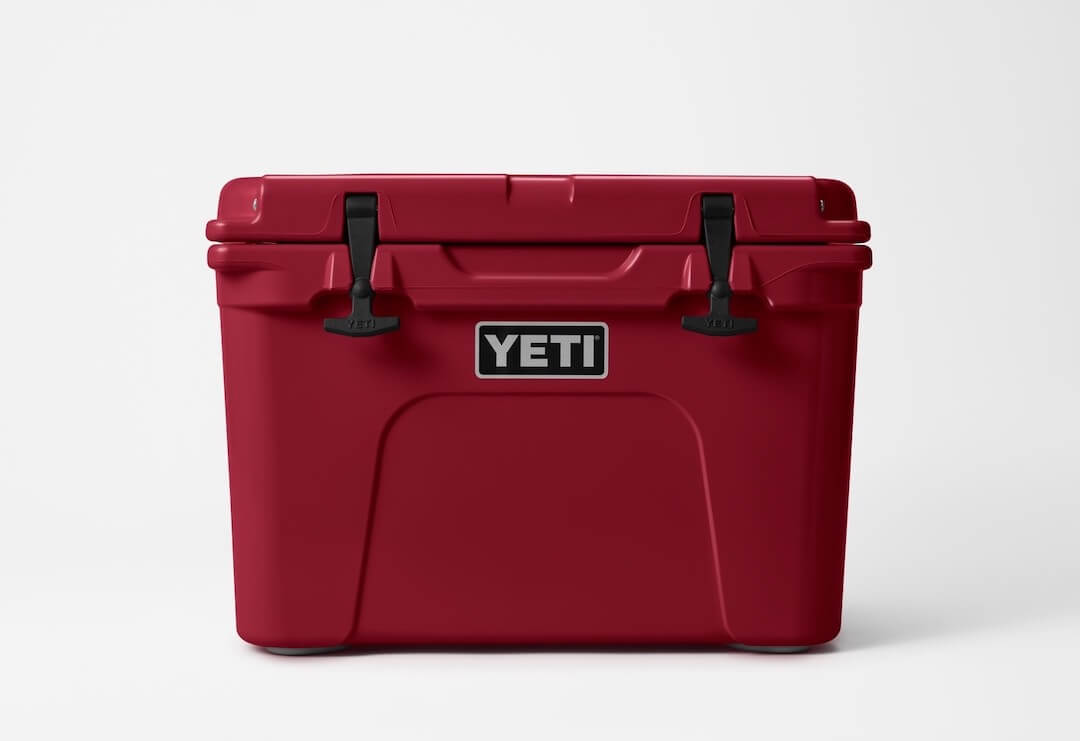Earlier this year, YETI introduced a cool limited edition King Crab Orange color. The tone was similar to a standard hunter orange, but it wasn’t harsh. It was surprisingly rich.
And it promptly sold out.
Now YETI is rolling out new limited edition ‘Fall Color Collections’ inspired by bold landscapes and nature. You could say that YETI is offering a new red, a new green, and a new tan . . . but that simplification doesn’t cut it.
Something more is going on here: YETI is getting increasingly serious about color.
The New YETI Fall Colors
YETI has introduced three new colors that will be gone once they’re sold out:
Harvest Red — a rich red inspired by wine
Highlands Olive — a rich olive green inspired by the rugged terrain on the Scottish Coast
Sharptail Taupe — a grayish brown inspired by the bronzed prairie in Big Sky Country . . . and the elusive grouse that calls it home
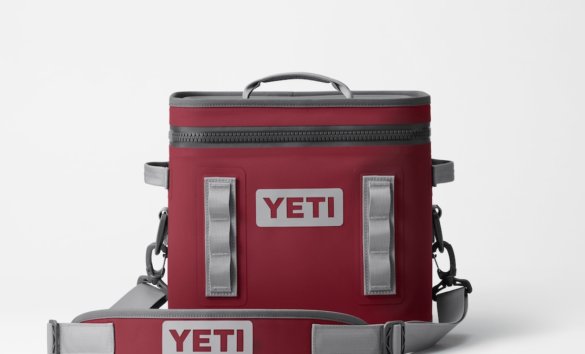
What seems different is the boldness of two of YETI’s new colors.
Several of YETI’s previous cooler colors tended toward light pastels like Seafoam and Coral that wouldn’t absorb too much energy from the sun. Those were safe color bets when a bunch of guys were running flawed ice retention tests on their sunny back patios.
If you want ultimate cooling performance in sunny situations, you want a white cooler. And if you want color and ultimate performance, it better be a shade of light blue or maybe tan. But YETI is not just a performance company anymore — YETI is a lifestyle brand that got there by making high-performance gear.
In many ways, YETI is increasingly like Apple, which is a lifestyle technology company that also got there by producing high-performance gear.
So Let’s Talk Color
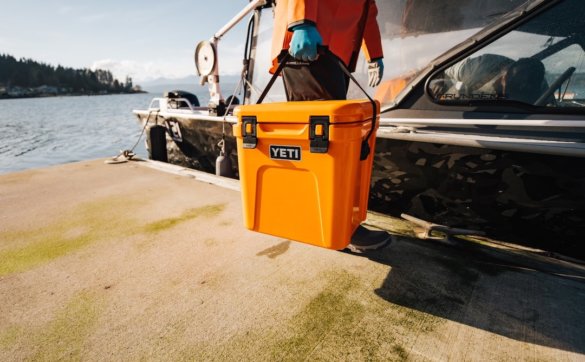
What I find interesting is that YETI seems to be using color far more intentionally than ever before. The boldest move that first caught my attention was when YETI offered the Roadie 24 in a dark Navy color — full Roadie 24 review here — which again, would be less thermally efficient than lighter coolers in the sun. The next season, YETI brought out the King Crab Orange.
As for the new colors, YETI is offering the colors throughout its product line — but isn’t offering all colors in every product, and some, particularly the Sharptail Taupe, appear to be YETI.com exclusives.
Meanwhile, some appear to be sold out already — most notably, I noticed, the YETI Tundra 65 Hard Cooler in Highlands Olive that I was lusting after.
The point is, if you want a particular YETI item in one of these colors, you might want to act fast.
And that, really, brings up the whole point behind YETI’s strategy — color and a vague ‘act now or lose out’ message.
But Lots of Companies Play with Color!
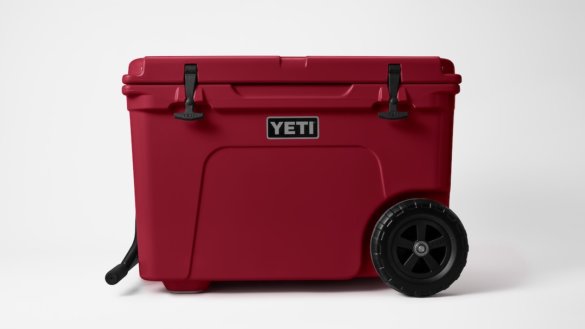
If color doesn’t speak to you, I’m not sure why you’re still reading this post. If you’re like me, when you see great colors, you appreciate them. And when the colors are bland, you might not pay attention at all.
So when it comes to outdoor gear, I sometimes wonder what’s going on with vague and bland color choices. Is someone choosing these colors on purpose? Is that light tan the only color option they can get from their supply chains? Are they just playing it safe so they don’t annoy anyone who doesn’t like blue?
When I see a new line of tents, for instance, with a color pallet that resembles shades of baby vomit . . . I just don’t get it. I understand why some backpacking tents might be offered in a ‘granite gray’ so that they resemble boulders . . . but I still gravitate toward bold oranges, reds, greens, and blues. And when I’m in the backcountry, I’d rather see someone’s tent from afar so I don’t hike into their campsite.
Outdoor Color for Branding
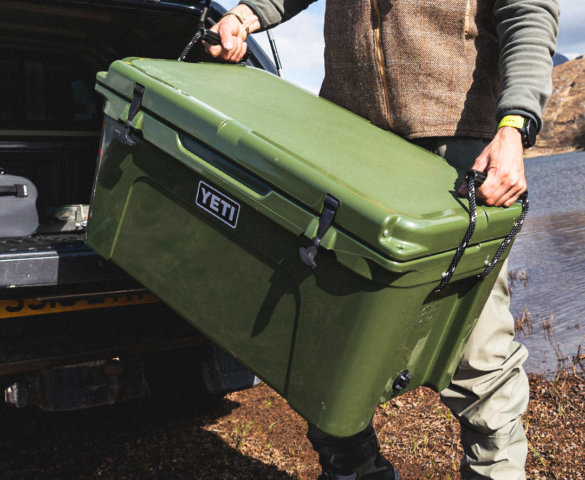
Big Agnes offers very technical, lightweight backpacking tents that straddle two worlds — you might get a bright yellow interior paired with a no-nonsense light gray fly — so its nature-loving customers can have color but also go low-key. But Big Agnes also offers bright oranges and jaunty colors in its more family-oriented car camping tents, some of which have built-in welcome mats. Are those gimmicks? No. They’re speaking to their outdoor family audience. They’re saying, ‘This is a happy tent for happy families who are happy outside.’
Other outdoor companies are intentional about color, too. MSR uses a lot of bold red, sometimes just accents, all of which speaks to the brand’s pro-level mountaineering gear and brand identity. My favorite Marmot tents are Rusted Orange. The Hoka One One shoes that I’ve been wearing for the last several years all come in wild color options.
Hydro Flask has offered a broad color palette for years — indeed, Hydro Flask seemed to come out of the gate knowing that color was critical to its high-performance lifestyle-focused water bottles.
Mature Brands Tend to Know Color
Some international knockoff companies offer lots of colors in an attempt to differentiate their cheap product lines. Their color options usually reflect the quality of their products — cheap.
Mature high-quality brands, on the other hand, tend to get it right more often. To find the colors that resonate, you need a company with smart and thoughtful humans. You need loads of design awareness and the understanding that colors change when applied to different materials and viewed in different light. Perhaps most importantly, you need a company with supply chain power that can change and deliver new colors.
Remember Apple? I spent years writing about Apple technology. You would be astounded at amount of time and energy Apple spends on prototyping color options that never make it out of their design labs.
And it pays off.
Shop the new Fall Colors at YETI.com!
So It’s All a Marketing Ploy?
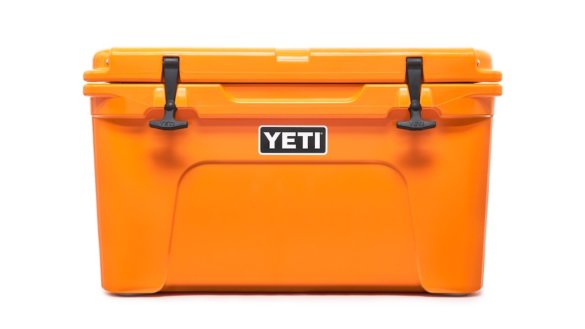
Yes. But it’s also much more. YETI understands that its brand isn’t just about making the best coolers, camp chairs, and bags — YETI is already a company that strives to deliver products that work so well that people come to appreciate them as they use them again and again without fail. Case in point: After two days without my trusty ‘Lancaster Archery‘ custom YETI Tumbler, I was about to launch a full household search party . . . when my good buddy brought it over — I had left it in his pickup after a whitewater rafting trip.
Color is a way to communicate. It’s a way to re-spark interest. It’s a way to connect with a consumer on a primal level that’s hard to understand — assuming that you like color, that is. Even with YETI’s tamest new color, Sharptail Taupe, YETI is still communicating to its outdoor-loving heritage. Lots of hunters know Sharptail Grouse, so the color makes instant sense. Subtle, sure, but to the right people, message received.
For me, I like the Navy Roadie 24. Sure, I could use a white Roadie 24, which would be more efficient in the sun, but I like that bold Navy — and I like the sold out Highlands Olive even more.
The point is, if you appreciate color, YETI is talking to you.
Get the Gear:

